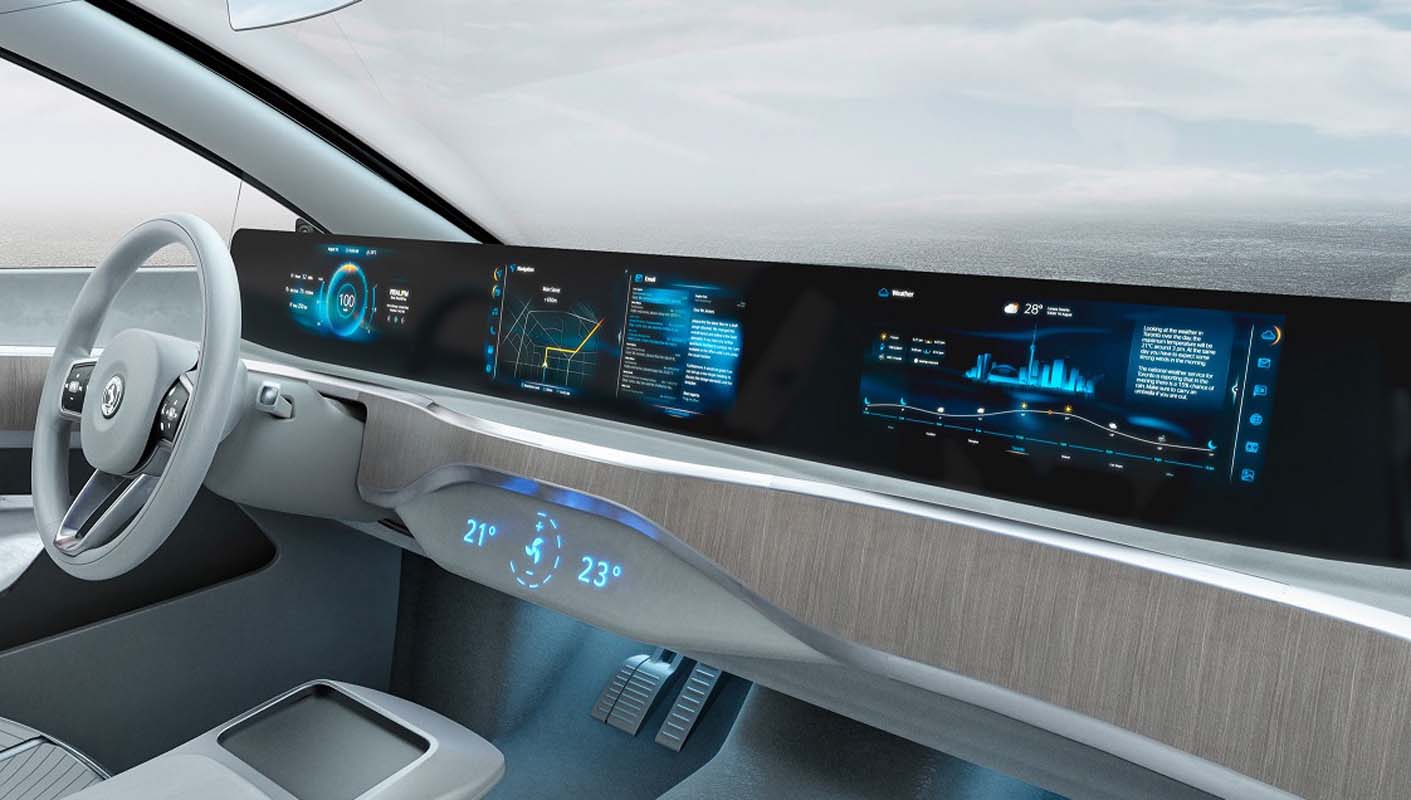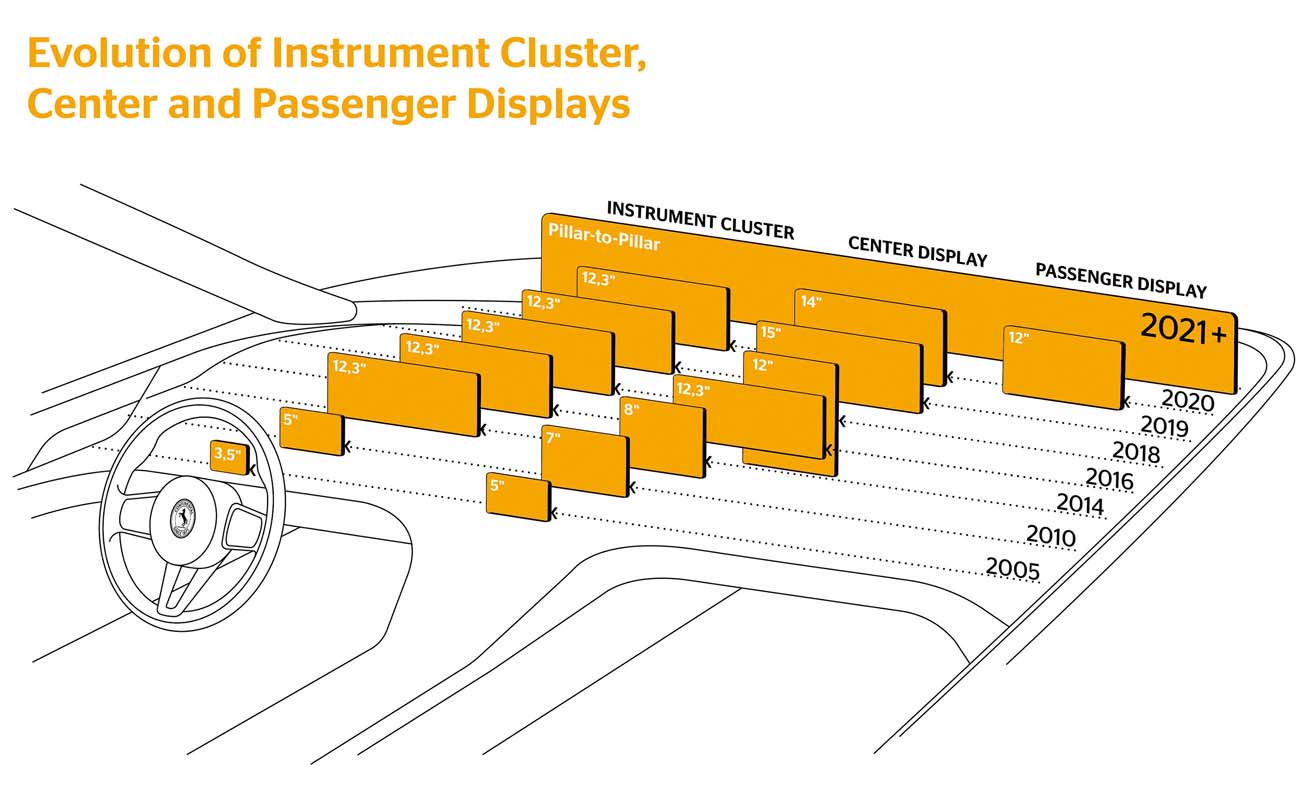
Continental has received its first major order for a pillar-to-pillar display in a production vehicle from a global vehicle manufacturer. By developing a display solution that extends across the entire width of the cockpit, the technology company systematically continues the trend toward larger displays, which has been ongoing for many years.
The integrated display solution from one A-pillar to another provides space for a growing number of vehicle functions, digital services, as well as communication and infotainment applications. It is scheduled to go into volume production in 2024. The solution makes the display the central visual interface between the driver, front passenger and digital driving experience.
Its launch in a high-volume production vehicle marks another milestone in the evolution of the car into a smart device as part of the internet of things. Whether it is navigation, warning signs, movies, news, social networks, office applications or booking apps to plan the route: Displayed across the entire width of the cockpit, the content is fully immersive and offers drivers and passengers a completely new user experience.
“A driving experience that is digital and safe is becoming the most distinctive feature of modern cars. The size of the displays and their intuitive operation play a central role here,” said Dr. Frank Rabe, Head of the Human Machine Interface business unit at Continental. “Each year, we supply a total of around 120 million products for human-machine interaction, equipping one in four cars worldwide. With the increasing significance of automated driving, the way in which we spend our time in cars is becoming even more important.”
Evolution of the cockpit: From pointer instruments to a digital user experience
In view of the multitude of new vehicle functions and digital services that are pushing into cars with increasing connectivity, traditional pointer instruments and centre consoles are now too rigid and inflexible. An exclusive focus on the driver is also no longer appropriate for the wide range of communication and infotainment services now available for vehicle occupants.
Therefore, displays have been getting bigger and bigger for years. This also poses design challenges, which over time have resulted in different shapes. As the size increases, several displays are connected under one surface to form a single unit. Creating invisible transitions is not the only crucial aspect here. Sensors and cameras that record driver behaviour can be seamlessly integrated. Continental continues working on intelligent hardware and software solutions to simplify a safe, multimodal interaction between drivers and vehicles.
Continental has reached another milestone in the evolution of the car into a smart device as part of the Internet of Things
Whether it is 3D without special glasses or pillar-to-pillar displays, Continental is the pioneer in this digital cockpit evolution. In addition to the further development of screen solutions, the technology company is also driving forward the transformation of the vehicle electronics architecture with concepts such as the high-performance computer for the cockpit. In view of the fact that a few high-performance computers will replace the previous large number of dedicated control units in the future, the pillar-to-pillar display is the next evolutionary step and an expression of the increasing convergence of the car to a mobile data centre.

